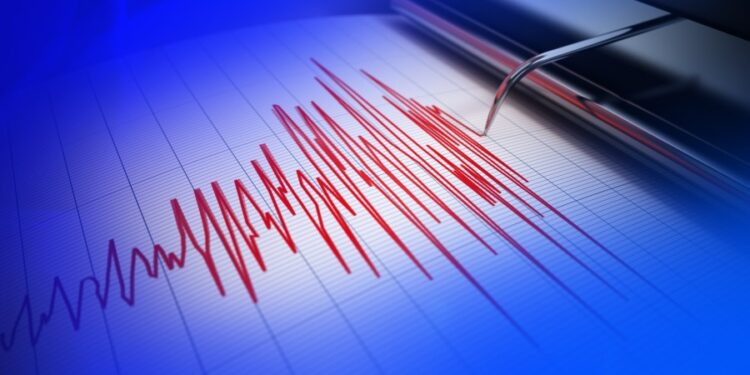
Two earthquakes with preliminary magnitudes of 3.5 and 3.9 respectively jolted Southern California on Saturday, and their impacts were felt by millions of people across the region.
According to the U.S. Geological Survey, the first quake struck 10:05 a.m. with an epicenter 4.3 miles southeast of Ontario. The second, stronger quake was reported at 10:34 a.m. with an epicenter 4.4 miles southeast of Ontario, close to the first spot.
As of 10:40 a.m., there were no reports of injuries or damages.
This is a developing story. Stay with KTLA 5 News for updates.
Latest California Earthquakes. Please wait a moment for map to load.
Use controls or your thumb to move and zoom.
Thousands of earthquakes are recorded in California yearly, but the vast majority are extremely minor. Several hundred reach a magnitude of 3.0, and only about 15 to 20 are greater than magnitude 4.0, according to the USGS.
In North America, only Alaska records more quakes per year than California.
What to do in an earthquake
During an earthquake, it’s crucial to know the proper steps to protect yourself and minimize injury. The California Department of Public Health (CDPH) provides detailed guidelines on what to do during such events. Here are the key points:
Drop, Cover, and Hold On:
Drop: Immediately drop down onto your hands and knees. This position prevents you from being knocked over and allows you to stay low and crawl to safety if necessary.
Cover: Use one arm to protect your head and neck, and if possible, take shelter under a sturdy table or desk. If no shelter is available, get down next to an interior wall away from windows. Stay on your knees and bend over to protect vital organs.
Hold On: Hold on to your shelter until the shaking stops. Be prepared to move with your shelter if it shifts.






